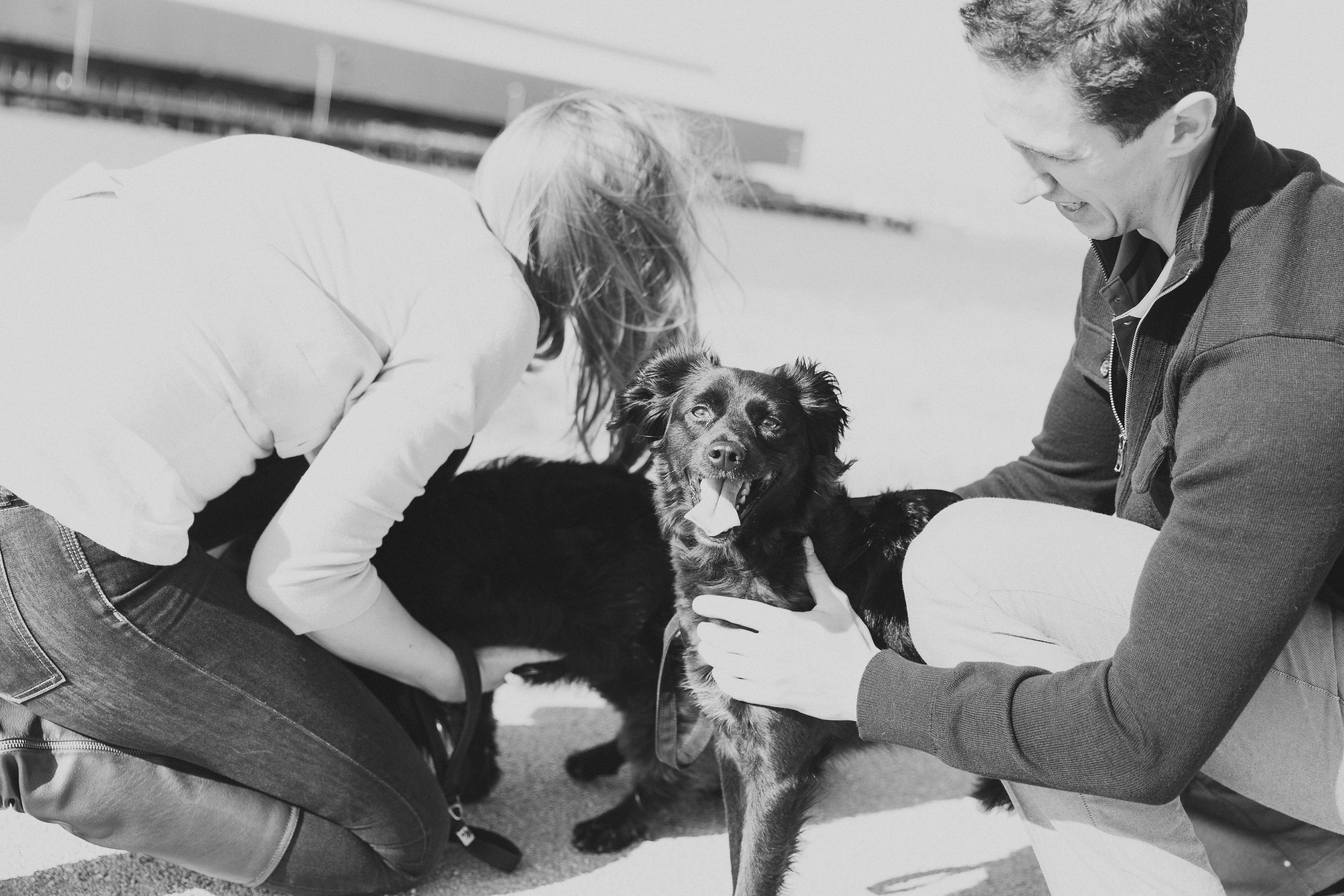Imagine you are sitting on your couch, but are really craving a soda or a water. Wouldn’t it be nice to just be able to send your dog to go retrieve you something to quench your thirst? Or what about those large grocery hauls? Wouldn’t your furry companion be the perfect extra set of hands to help you carry those bags into the house? Lots of these types of tasks are teachable to any dog with the proper foundation and motivation. But how do you even get started in teaching something more complex like this? Learning and understanding the concept of backchaining can be a very helpful theoretical foundation to assist you in teaching these behaviors.
Backchaining is the process by which you break down a series of smaller behaviors that make up a more complex behavior and teach them in reverse sequence. I find this to be a very useful skill in a wide variety of advanced tasks. Think about the behavior in pieces. Using the beverage example, first, the dog must leave me to go to the fridge, then open the door, retrieve the bottle, return it to me, and then ideally close the door. So teaching in this reverse, I will first teach the dog how to shut the door, using their nose to push it. A “touch” behavior (where the dog knows to target their nose to your hand or a target stick) will help to accomplish this task
“A “touch” behavior (where the dog knows to target their nose to your hand or a target stick) will help to accomplish this task.”
Then I would start teaching the “hold” (assuming it is a new skill for your dog) with an emphasis on a calm, static bite. Having the dog sit by the fridge, take the bottle, hold it, and then bring it to the couch. Then move into having your dog actually pick it up on their own from the shelf of the fridge. Once this is consistent, I will teach the dog how to open the fridge door using a tug toy or a towel attached to the handle. And finally, teach them how to go from me to the fridge. When you combine all of these behaviors, you are able to teach a much more complex (and useful!) behavior for those Netflix binge nights.
This concept can be used for any number of complex behaviors. The key part is being able to break it down into smaller, more manageable pieces that are easy for your dog to understand. As the smaller components become more reliable, you can teach additional components and link them together to create a series of chained behaviors that ultimately lead to a larger skill. Getting creative with these types of tasks helps to keep you and your dog excited about training and gets them to use their skills more and more in your everyday life!
If you enjoyed this post, you should read Personal Story: Chester - My One And Only Dog Love
here.
Learn more about Marie from our About Us page!

